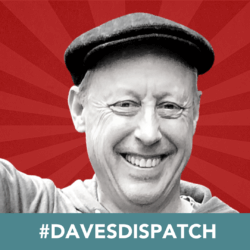February 23, 2021

Herding COVID-19 Immunity Forecasts
A Wall Street Journal op ed predicts herd immunity by April. Biden is hoping for herd immunity by Christmas. Who’s right?

A boss once instructed me, “It’s complicated Dave. Don’t screw it up!” So how should we assess these varying predictions without screwing up?
Forecasting herd immunity is a complex problem. Answering it requires a “systems” approach. Effective analyses must accommodate multiple interacting factors to frame potential outcomes.
Think of forecasting herd immunity as an exercise in quantifying the following “known unknowns,” quoting former Defense Secretary Donald Rumsfeld’s terminology.
- Antibody Resistance among individuals who have had COVID-19. Evidence suggests those with weak cases are susceptible to reinfection. On the plus side, communities with 40%+ infection rates are experiencing much lower transmission rates.
- Virus Mutations can speed COVID-19 transmission and increase its virulence. New COVID-19 strains may become resistant to existing vaccines.
- Vaccine Uptake is increasing but still has a long way to go. Overcoming public resistance to taking vaccines, not a given, will influence the speed at which America achieves herd immunity.
- Transmission Rates for vaccinated individuals remain unknown, although there is early evidence from Israel that vaccinations limit transmission.
- Relaxing Social Distancing too early could trigger infection spikes.
Fortunately, this type of complex problem lends itself to simulation, which enables researchers to assess how various factors interact with one another and shape outcome trajectories.
There’s also the theory of compensating error. April seems too early. December seems too late. Late summer, early fall seems about right.
Read all dispatches from Dave Johnson here.





